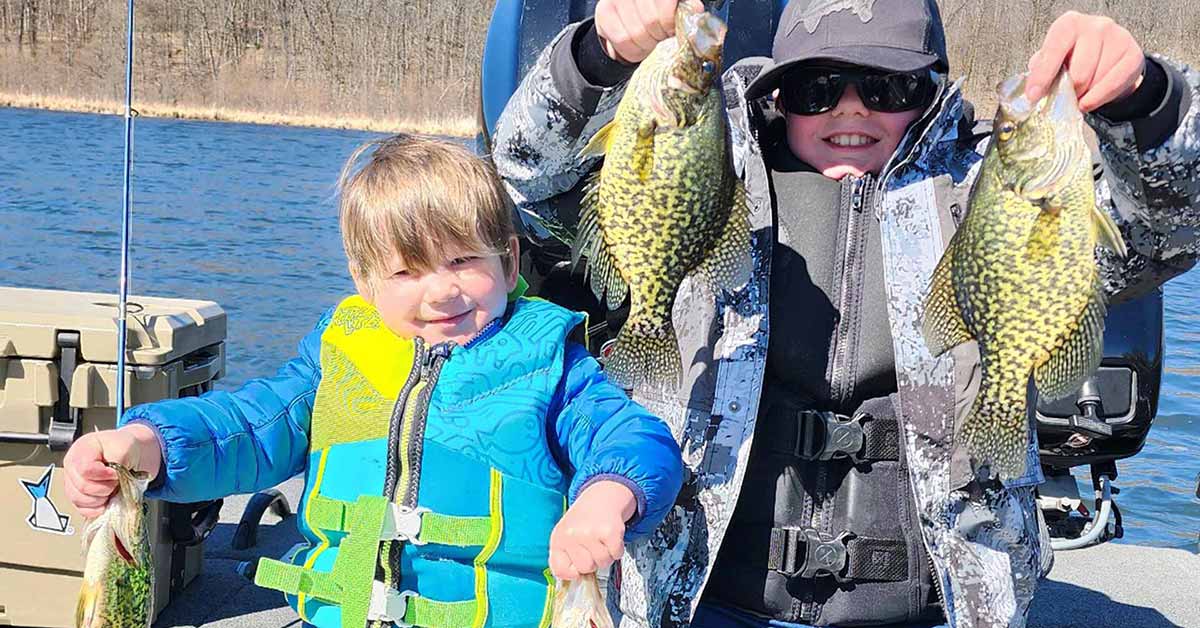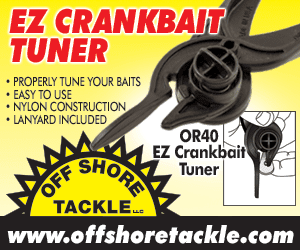Tip-ups and deadsticks become a necessity when targeting walleye on large pieces of structure. Not only are you doubling your chances of putting a bait in front of a fish, but you’re also giving them a good reason to stick around. In this video, veteran fishing guide Brad Hawthorne shares some sweet tips for utilizing tip-ups and deadsticks to setup camp and catch more walleye in a specific area
Introduction
In this article, we will be discussing the strategy of tip-up fishing for walleye. Tip-up fishing is a popular technique used by anglers to catch fish, particularly walleye. We will explore the concept of using set lines to retain fish in a specific area and the importance of using the right bait for different fishing conditions. Additionally, we will touch on the significance of adjusting your fishing approach based on the behavior of the fish. So, let’s dive in and learn more about this effective fishing method!
Identifying the Fishing Area
Hawthorne explains that they have identified a specific area on the brake line where they found holes from 22 to 17 feet. They have noticed fish actively raising and catching fish with jigging spoons in this area. This indicates that there are more fish in the vicinity or fish moving through the area. When you find yourself in such a situation, Hawthorne suggests using set lines to retain the fish in the area. By putting out set lines, you create the illusion of bait, which attracts more fish to stop and gather in the area. This is especially effective in a brake line scenario, where fish tend to stop and gather. By giving them a reason to stay and potentially school up, you increase your chances of catching more fish.
Choosing the Right Bait
When it comes to bait selection, Hawthorne recommends using small suckers when fishing in rock, gravel breaks, or shallow areas like Mille Lacs. While shiners are also effective, Hawthorne has found that suckers work better in these conditions. However, when fishing in mud, Hawthorne prefers using shiners. The abundance of Tullibees in the mud makes shiners a more suitable choice, as they mimic the young of the year or two-year-old Tullibees. The key is to “match the hatch” and give the fish what they want.
Adjusting Your Fishing Approach
Bates acknowledges that the preference for bait can vary depending on the fishing location. While suckers work better in shallower water and rock or gravel breaks, it’s important to observe the fish’s behavior and adjust your approach accordingly. If you notice that one tip-up is consistently producing more fish or getting tripped without catching anything, it may be a sign that the fish are biting closer to the bottom. In such cases, Bates suggests adjusting the set lines lower to increase your chances of success.
Avoiding the Small Sample Size Trap
Bates emphasizes the importance of not falling into the trap of making drastic changes based on a small sample size. It’s common for anglers to switch baits or adjust their fishing approach after seeing one person catch a fish. However, Hawthorne advises against this approach. Instead, he recommends establishing a pattern before making any changes. For example, if a glow spoon is getting bit and other glow spoons are also getting bit, it may be worth considering switching to a glow spoon. However, it’s crucial to avoid changing lures or tactics after just one or two fish. Establishing a pattern and gathering more data will provide a more accurate understanding of what the fish are responding to.
Conclusion
Tip-up fishing for walleye is a highly effective technique that can yield great results. By using set lines to retain fish in a specific area and choosing the right bait for the fishing conditions, anglers can increase their chances of success. It’s important to observe the behavior of the fish and adjust your approach accordingly, while also avoiding the temptation to make drastic changes based on a small sample size. So, the next time you’re out on the water, give tip-up fishing a try and see the difference it can make in your walleye fishing experience.










